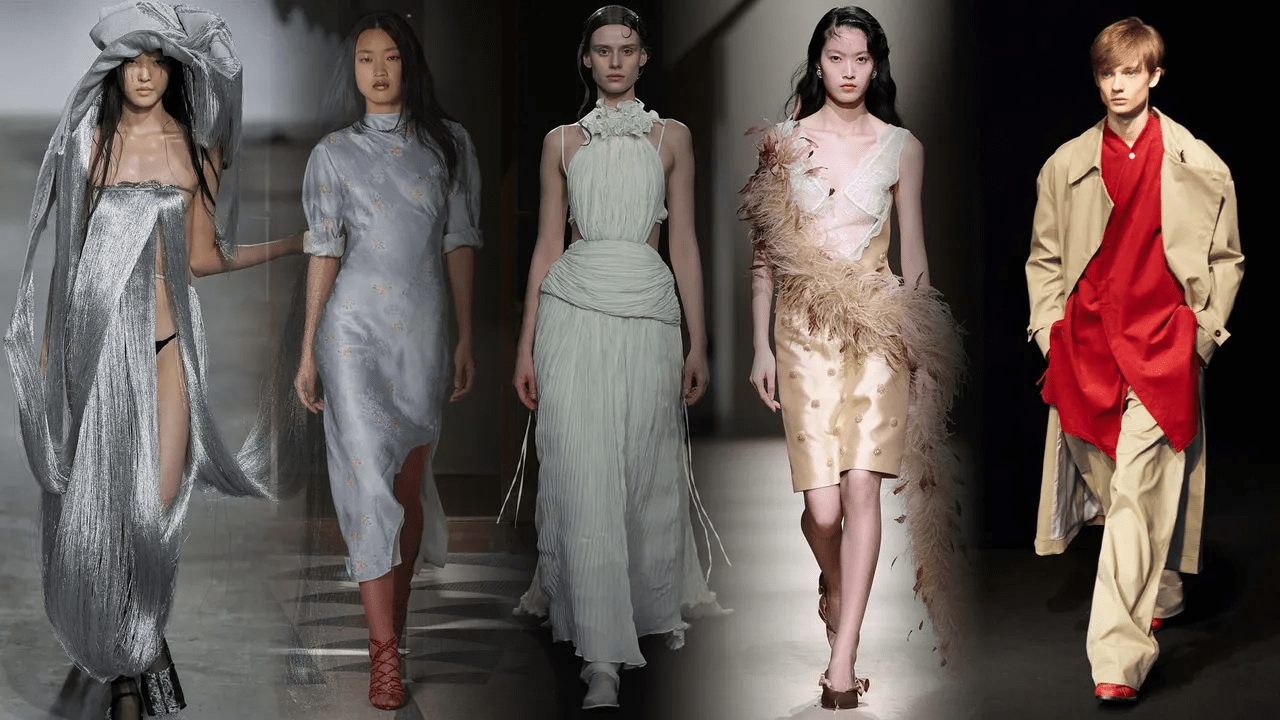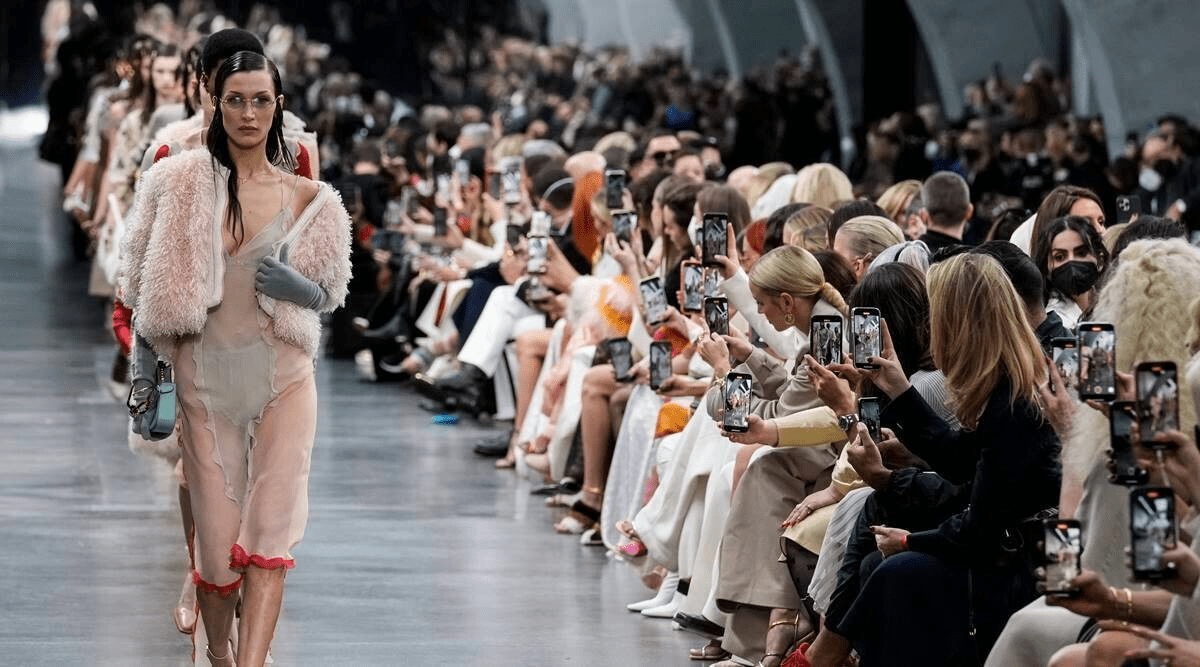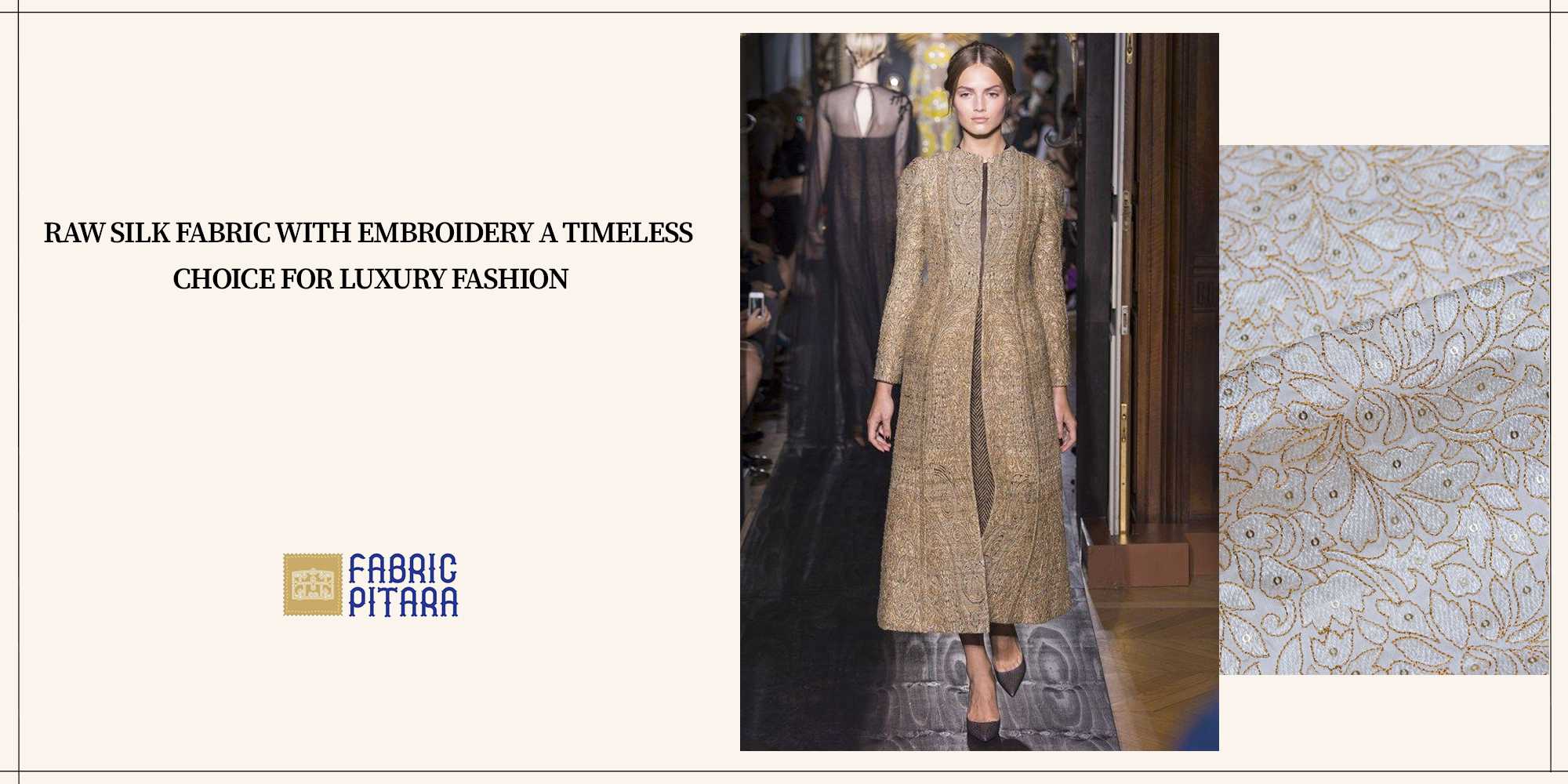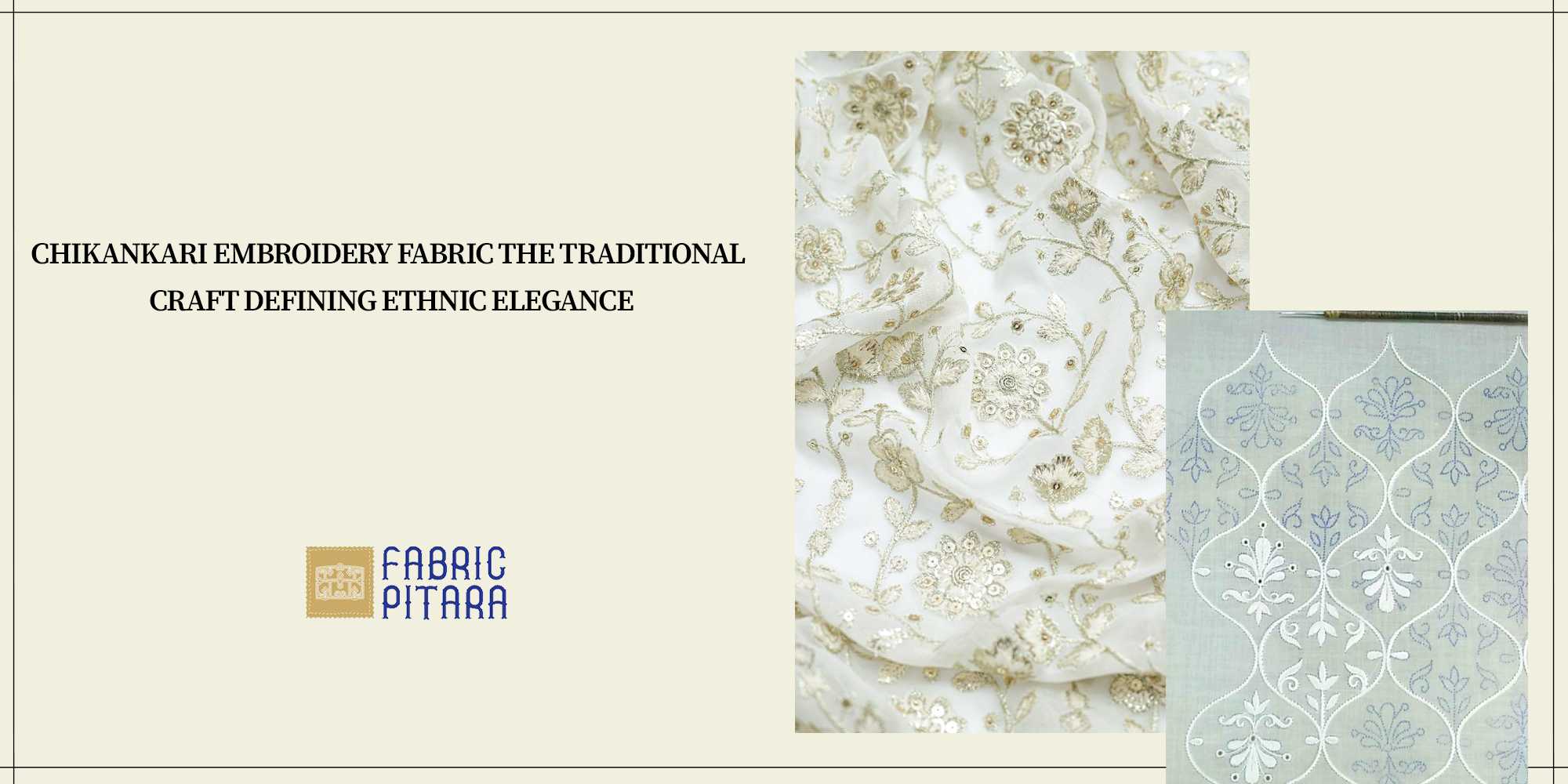
Fashion Week is more than just a number of runway shows taking place in a number of locations across the globe. Be it in Milan, New York, Paris, or Tokyo, here is where global designers, models, celebrities, and aficionados converge. In other ways, Fashion Week events show by demonstration what the future fashion industry would look like, from the very recent trends up to the latest fashion innovations. Let's see how Fashion Week takes place in so many cities across the globe—it's really quite a demonstration of diverse styles and cultural influences.

New York Fashion Week: The American Dream
New York Fashion Week (NYFW) opens the great circle of global fashion week, setting the stage for others. Held biannually during February and September, NYFW is known for an extremely eclectic mix of both high-end designers and emerging talent. Bright energy and a melting pot of cultures reflect in this city and, therefore, in its brave and innovative designs.
Highlights
Diversity and Inclusion: NYFW has become a platform for promoting diversity and inclusion, with a significant increase in models of different ethnicities, sizes, and genders.
Street Style: The streets of New York become a runway themselves, with attendees showcasing their personal style, often blending high fashion with streetwear.
Innovation: American designers like Marc Jacobs, Tom Ford, and Michael Kors are known for pushing boundaries, experimenting with new materials, and setting trends that resonate globally.
London Fashion Week: The Epitome of Edginess
London Fashion Week is bold and edgy in its approach to fashion. February and September in London become synonymous with lots of creativity—its tradition is mixed with so much innovation. British designers are celebrated for their craftsmanship and their willingness to challenge conventional fashion norms.
Highlights
Emerging Designers: LFW is a launchpad for new talent. Designers like Alexander McQueen and Stella McCartney began their careers here.
Eclectic Styles: The shows often feature a mix of punk, vintage, and modern styles, reflecting London’s rich cultural heritage.
Sustainability: LFW has been at the forefront of promoting sustainable fashion, with many designers showcasing eco-friendly collections.
Milan Fashion Week: The Pinnacle of Luxury
Milan Fashion Week is a marvelous representation of luxury and sophistication. Taking place in February/March and September/October, Milan Fashion Week is the platform for Italian designers to exhibit their craftsmanship and gorgeous creations. Fashion in Milan always means elegance, tailoring, and opulence.
Highlights
Luxury Brands: Iconic brands like Gucci, Prada, and Versace dominate the runways, presenting collections that exude luxury and glamor.
Tailoring: Milan is known for its impeccable tailoring and attention to detail, making it a favorite among fashion purists.
Artistic Expression: Designers often draw inspiration from Italy’s rich art and history, creating collections that are both timeless and contemporary.
Paris Fashion Week: The Haute Couture Capital
Paris Fashion Week is the grand finale in the Fashion Week circle and occurs in February and March, and then in September and October. Paris, the birthplace of high couture, remains the ultimate destination for everything high fashion. PFW is done in a way to celebrate artistry and luxury with elegance.

Highlights
Haute Couture: Paris is the only city that hosts official haute couture shows, with houses like Chanel, Dior, and Givenchy presenting breathtaking creations.
Timeless Elegance: Parisian fashion is known for its timeless elegance and classic silhouettes, setting trends that influence global fashion.
Cultural Richness: The city’s cultural richness is reflected in the collections, with designers often incorporating elements of French history, art, and architecture into their designs.
Tokyo Fashion Week: The Fusion of Tradition and Modernity
Designed in the same genre, Tokyo Fashion Week is a place where traditional Japanese aesthetics fuse in a very unique and futuristic fashion. Tokyo Fashion Week occurs in March and October; here, a lot of innovation and experiments take place because people are reinventing fashion all over the place.
Highlights
Streetwear Influence: Tokyo is a global leader in streetwear, and this influence is evident on the runways, where avant-garde and street styles blend seamlessly.
Technology and Fashion: Japanese designers incorporate various technological innovations into their designs.
Cultural Elements: Contemporary collections often draw upon and are inspired by traditional elements from Japanese clothing, such as kimonos and detailed patterns, to make harmonious blends of the old and new.
Conclusion
Fashion Week in each city around the world becomes a festival of diversity, creativity, and the exchange of cultures. Each of these city events has great flair and showcases different styles and trends. From the bold and innovative designs in New York to the timeless class in Paris, the world circuit of Fashion Week is a testimony to the ever-evolving nature of style. From an observer or only a fashion enthusiast to the globe of style, defiance by no-beating boundaries of imagination, Fashion Week serves as a great window into this world.







